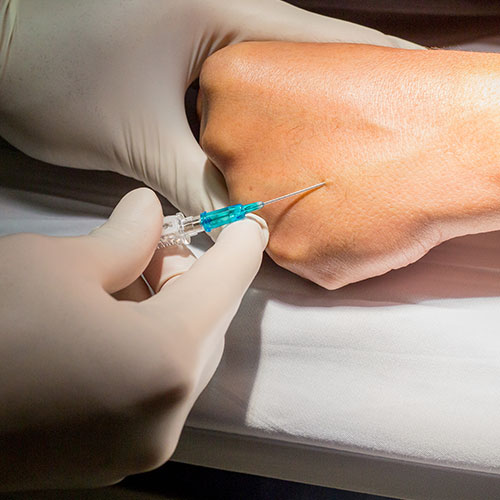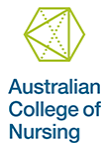2025 Venepuncture and Cannulation Course


This course includes a 2-hour online Preparation for Venepuncture and Cannulation module and attendance at a 4-hour hands-on simulated workshop. Once online registration has been completed, students will be sent a link via email to the online module. Students are required to complete the online module before attending the face-to-face workshop.
Disclaimer
This course does not deem you as competent in peripheral venepuncture and cannulation. Throughout this course, you can practice peripheral venepuncture and cannulation under supervision in a simulated environment. Competence is determined by your employer and your institution’s policies. At the conclusion of this course, you will be issued a Certificate of Completion.
Who should attend
This course is suitable for healthcare professionals who are required to perform peripheral venepuncture and/or peripheral Catheterisation as part of their scope of practice.
Key learning outcomes
On completion, participants will be better able to:
• Outline the legal and professional requirements related to venepuncture and cannulation.
• Apply the principles of Hand Hygiene and Aseptic Technique to peripheral venepuncture and cannulation.
• Recognise the anatomy and physiology related to peripheral veins and arteries
• Locate the position of peripheral veins and correctly identify the appropriate vein for peripheral venepuncture and cannulation
• Identify precautions and contraindications to venepuncture
• Assess patient venous access, identify restrictions, and determine appropriate equipment required for venepuncture
• Explain the order of draw process and documentation requirements post draw
• Demonstrate the correct venepuncture technique and blood sample collection using a vacutainer and a butterfly needle.
• Identify precautions and contraindications to peripheral cannulation
• Determine appropriate cannula and insertion site for relevant therapy needs.
• Identify restrictions and determine appropriate equipment required for peripheral cannulation
• Demonstrate the correct peripheral intravenous cannula insertion technique, including securing the cannula insitue.
• Demonstrate appropriate documentation of peripheral cannulation, care, and maintenance practices.
Fees
Members: $350 Non-Members: $400
- Anaesthesia Fundamentals | Anatomy | Anatomical Di...
- Posted By eIntegrity Healthcare e-Learning
- Posted Date: 2024-11-25
- Location:Online
- This session provides an outline of the important differences between the adult and the paediatric airways. The overall objective is to give the trainee the understanding of the development of the anatomy of the airway from birth to adulthood, which is ne
- Anaesthesia Fundamentals | Anatomy | Mediastinum a...
- Posted By eIntegrity Healthcare e-Learning
- Posted Date: 2024-11-24
- Location:Online
- This session describes the contents, relations and anatomical divisions of the mediastinum.
- Anaesthesia Fundamentals | Anatomy | Microstructur...
- Posted By eIntegrity Healthcare e-Learning
- Posted Date: 2024-11-24
- Location:Online
- This session will cover the structure of the lungs and pleura at a cellular level. In particular there will be an emphasis on the structure and function relationships which allow gas exchange to occur.
- Anaesthesia Fundamentals | Anatomy | Trachea, Main...
- Posted By eIntegrity Healthcare e-Learning
- Posted Date: 2024-11-24
- Location:Online
- This session describes the structure, relations, blood and nerve supply of the trachea, carina, main bronchi and major bronchopulmonary segments.
- Anaesthesia Fundamentals | Anatomy | Anatomy of th...
- Posted By eIntegrity Healthcare e-Learning
- Posted Date: 2024-11-24
- Location:Online
- This session describes the anatomy of the oral cavity, pharynx and larynx. The nerve supply to the larynx and the implications of damage to these nerves is also described.


